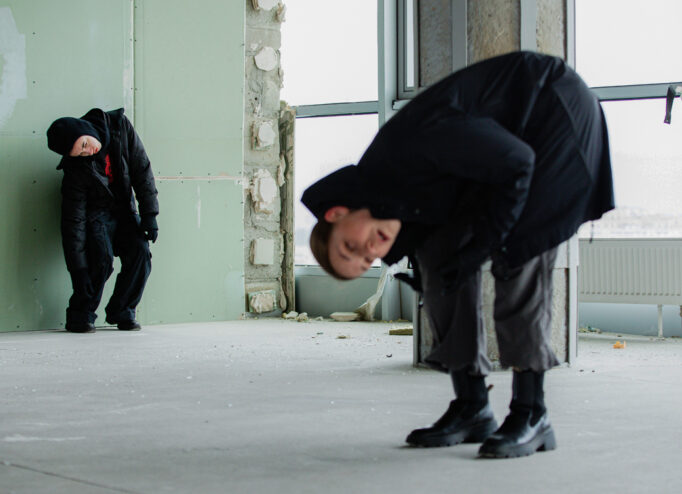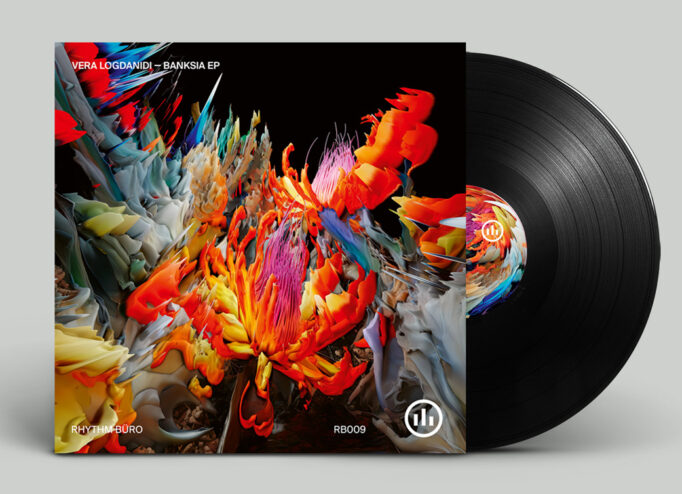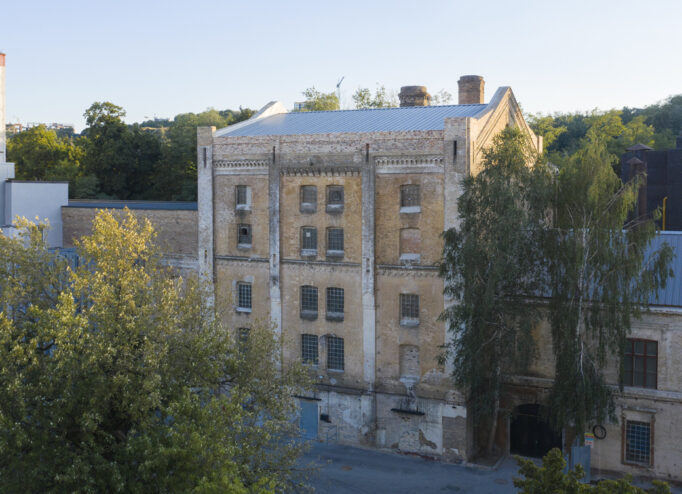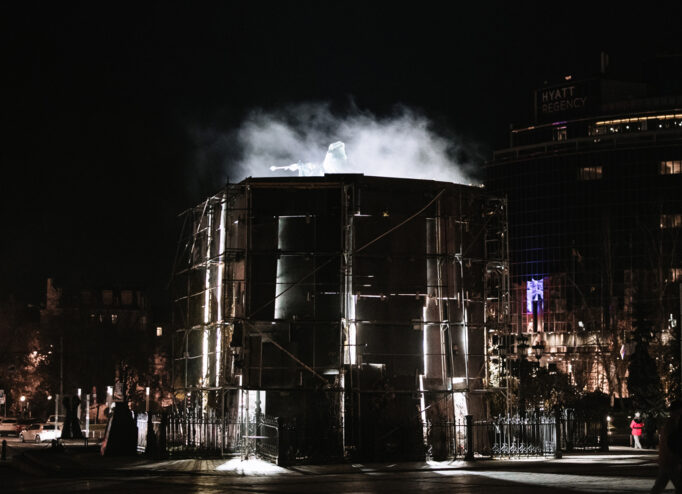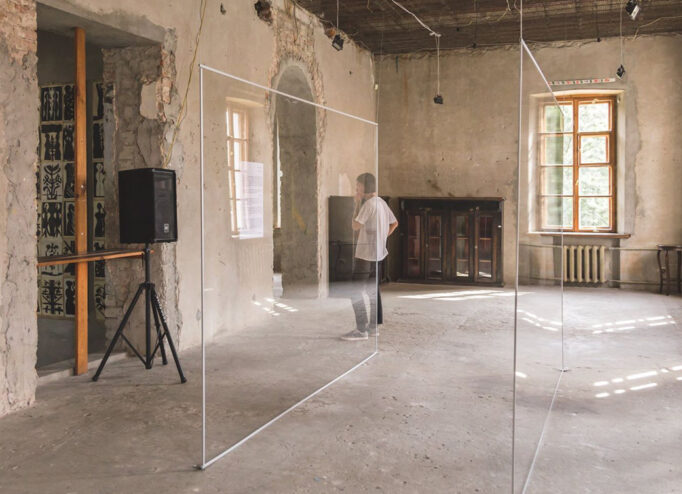The Portuguese street artist Alexandre Farto, better known under the pseudonym Vhils, calls his art “creative destruction”. Vhils started with graffiti, but over time he switched to his own technique of drawing — he carves images onto the surface, thus exploring what it consists of and what hides under the top layer.
His pseudonym has no sacred meaning — it’s just the letters that are easiest for him to write with a spray can, back when he was doing graffiti. And the focus of his work is on ordinary people and very often on the inhabitants of the houses on which he creates the image.
One of Farto’s works is in Kyiv — it is a mural dedicated to the memory of Serhiy Nigoyan, who died in 2014 during the Revolution of Dignity. Nigoyan became a hero of Vhils’ works twice — the artist created his portrait for the exhibition at MOT, which will be held from February 17 to May 14 in Kyiv.
In an interview with DTF Magazine, the artist tells why he likes “the idea of turning ordinary, common people into icons, instead of creating icons out of people who have changed history”, whether he is not afraid to learn the unpleasant truth about his heroes, what he is grateful to Lisbon for, and why he dedicated two new works to Ukrainians — Serhiy Nigoyan and Nobel laureate Oleksandra Matviichuk.
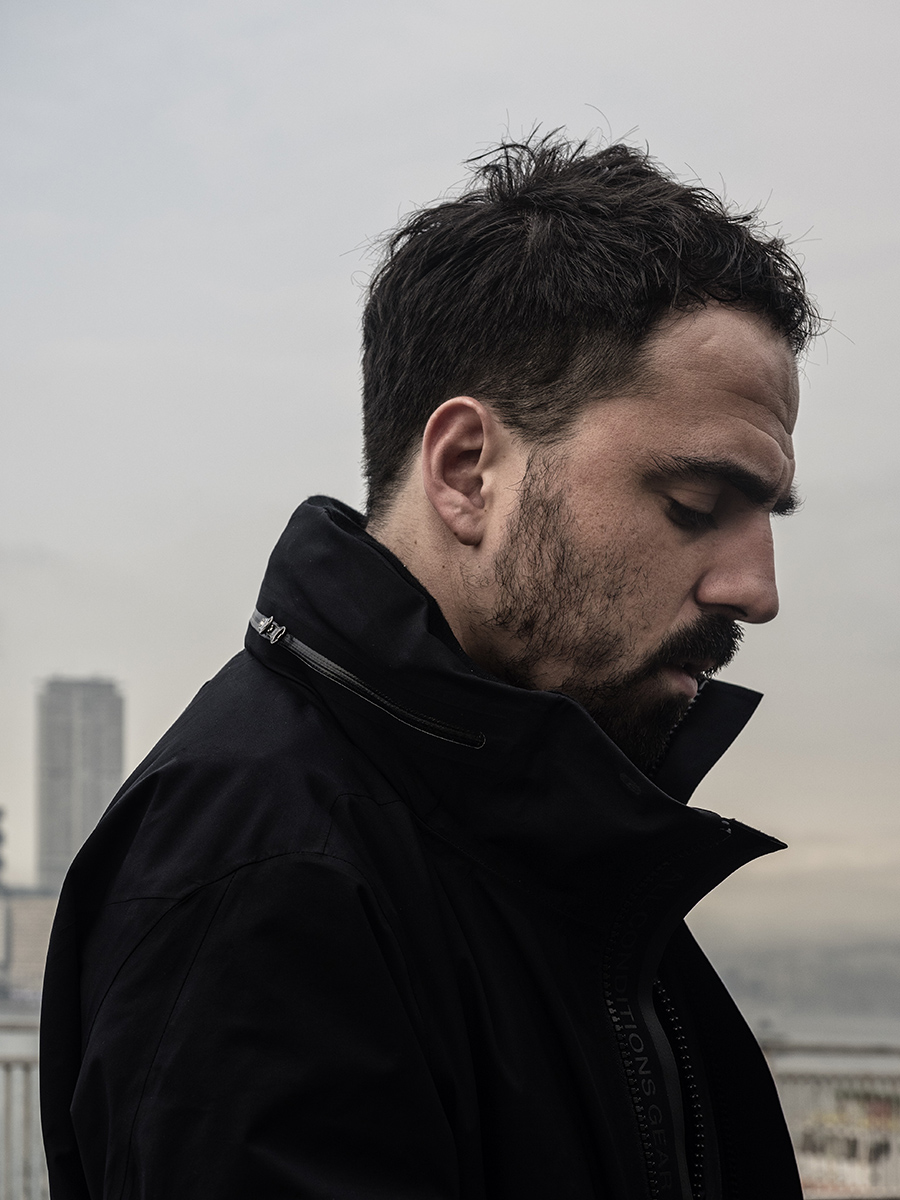
— What attracted you to MOT?
— I have a certain relationship with Ukraine, I have friends living there, particularly in Kyiv. The full-scale invasion has affected every one of them since the early days. I could only imagine the pain and horror they were going through. For me, participating in Module of Temporality was a logical extension of my desire to help and support Ukrainians I know and don’t know.

— The heroes of your work were the human rights lawyer and Nobel laureate Oleksandra Matviichuk and Serhiy Nigoyan, an activist of the Revolution of Dignity who died in 2014. Why them? Considering that Nigoyan was already the hero of your mural in Kyiv.
— It’s not a random choice, I did enough research before I chose Oleksandra and Serhiy. And I was helped in this by my friends. To be precise, it is not about my personal choice of heroes, but rather about the fact that they are really those who are important for Ukrainian history at different stages. They are people who, without exaggeration, changed the course of Ukrainian history.
At one time I met Serhiy Nigoyan’s family and was touched by his story. Serhiy was the first to die on the Maidan, who fought for freedom and dignity. And I still remember my impressions of the location that was chosen for the mural with Serhiy (the wall of the brick house facing Saint Michael’s Square and St. Michael’s Golden-Domed Monastery. — Note from DTF Magazine). So I wanted to perpetuate the memory of him and create another portrait, this time from the posters that were created to keep up the morale of Ukrainians. I think it’s also very symbolic.
Regarding Oleksandra, it’s a story about courage and responsibility, because she and her organization, the “Centre for Civil Liberties” are documenting what’s happening in Ukraine right now. She’s doing everything she can to make sure Ukrainians are heard. That’s why I chose her.

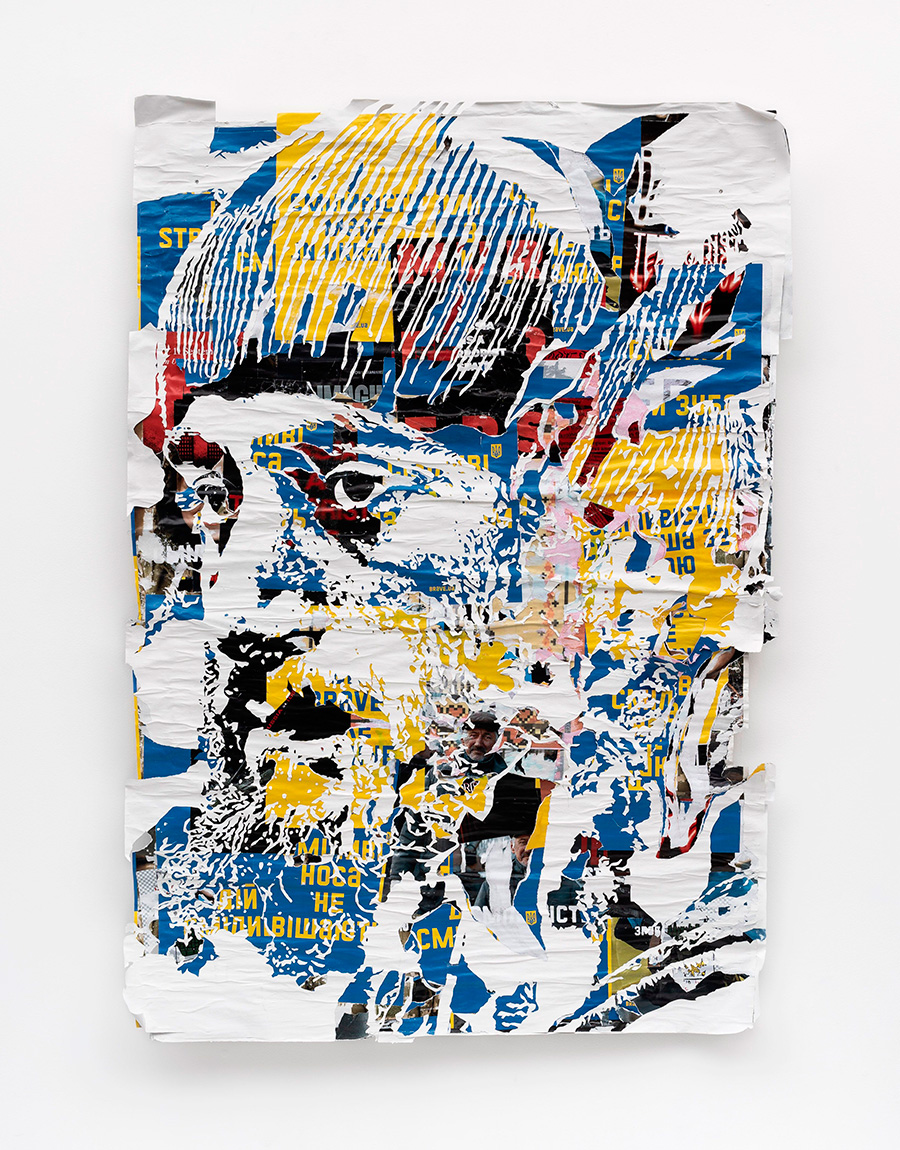
— You work mostly with portraits of people. Why?
— I have always been fascinated by how we are shaped by our places of origin, and subsequently by our surroundings. And each of our cities is, roughly speaking, the walls of the buildings in which we live and visit. And they absorb all the history and changes that take place there.
When I create a portrait on the wall, I humanize it in a certain way and combine it with a person who lived in that building or is important to the country. It is also a certain kind of relationship between the person in the portrait and the viewer and the city. For me, it’s also a way of making new connections.
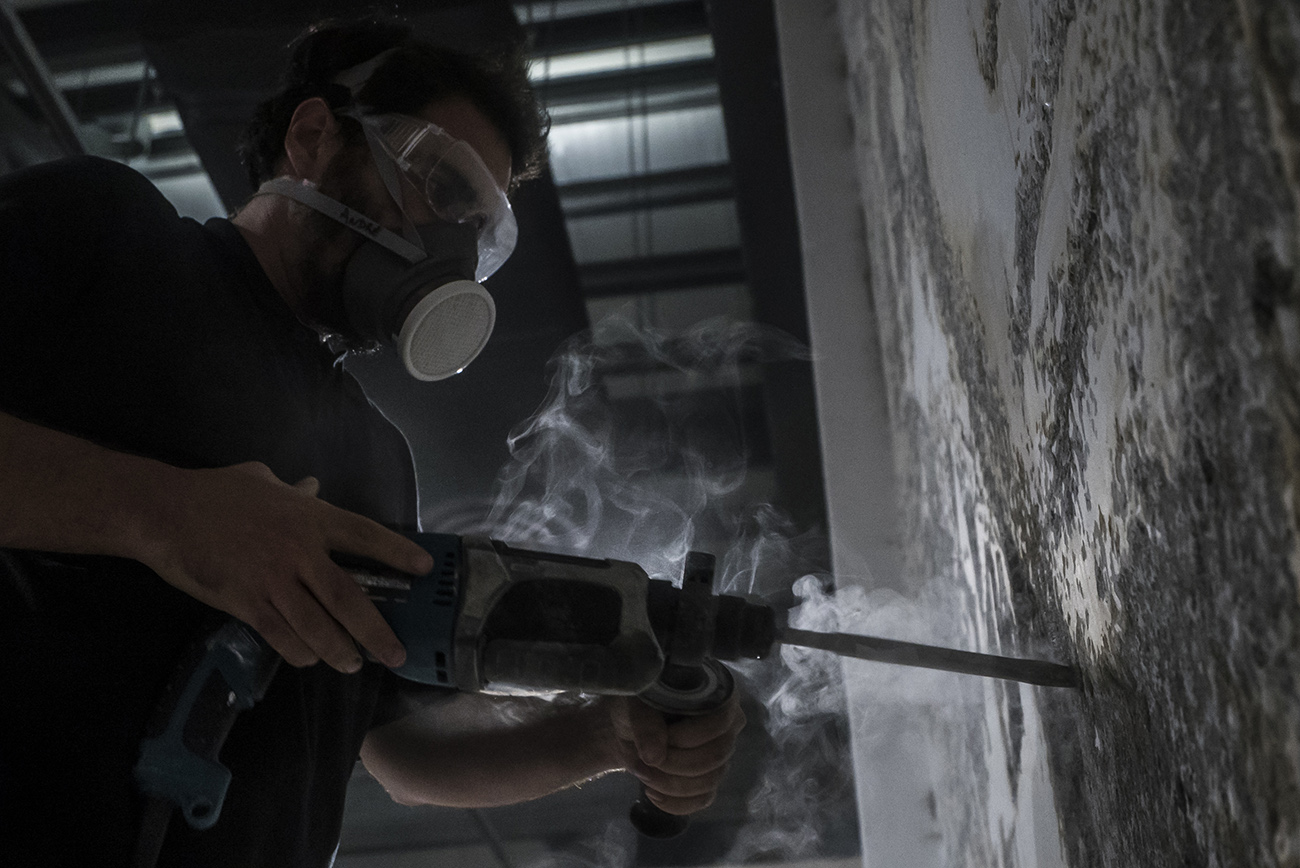
Also behind each project or portrait there is a story. And each city has its layers and the background behind them. It’s a symbiosis between the history of the city and the portrait.
It’s also part of my own relationship with cities. As a child I explored the world with the help of walls, drawing graffiti, so even from a young age I knew that the city was trying to tell me something. It was especially felt in my native Lisbon, where almost every wall «speaks» to you, whether through a mural, an image, or graffiti.
Walls tell a lot about a place and its history. And when they encounter people’s identities, that’s probably the time when my creativity begins.
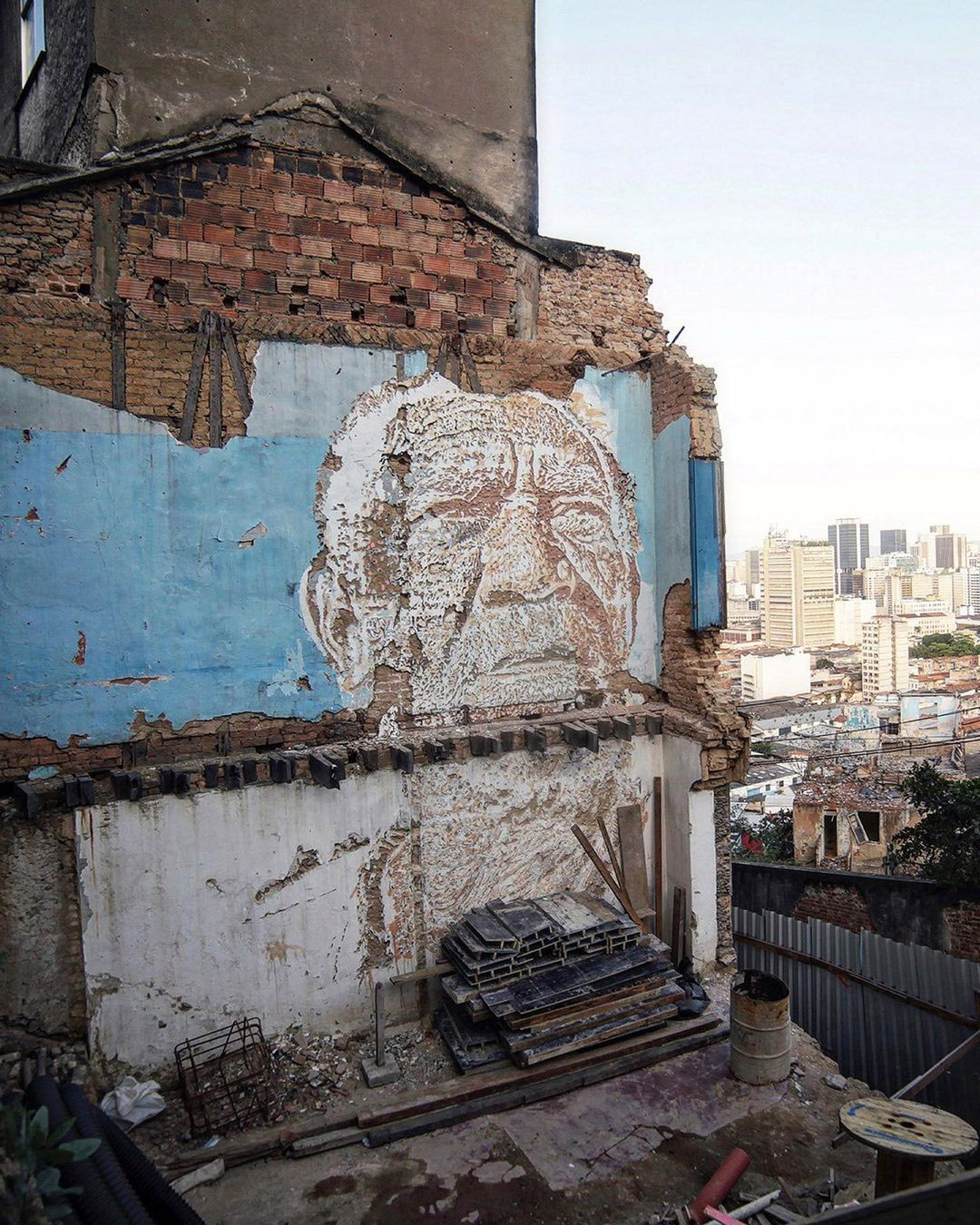
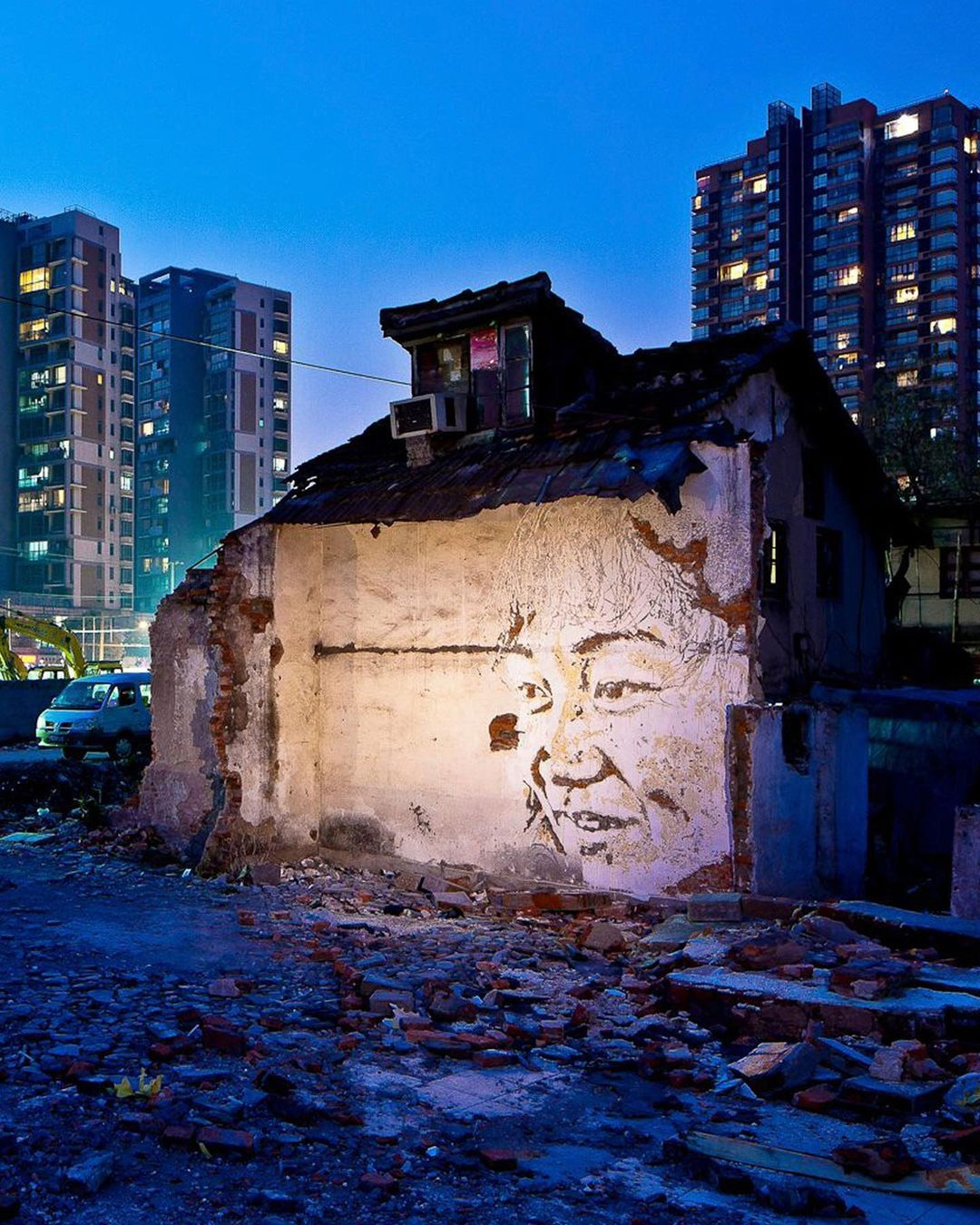
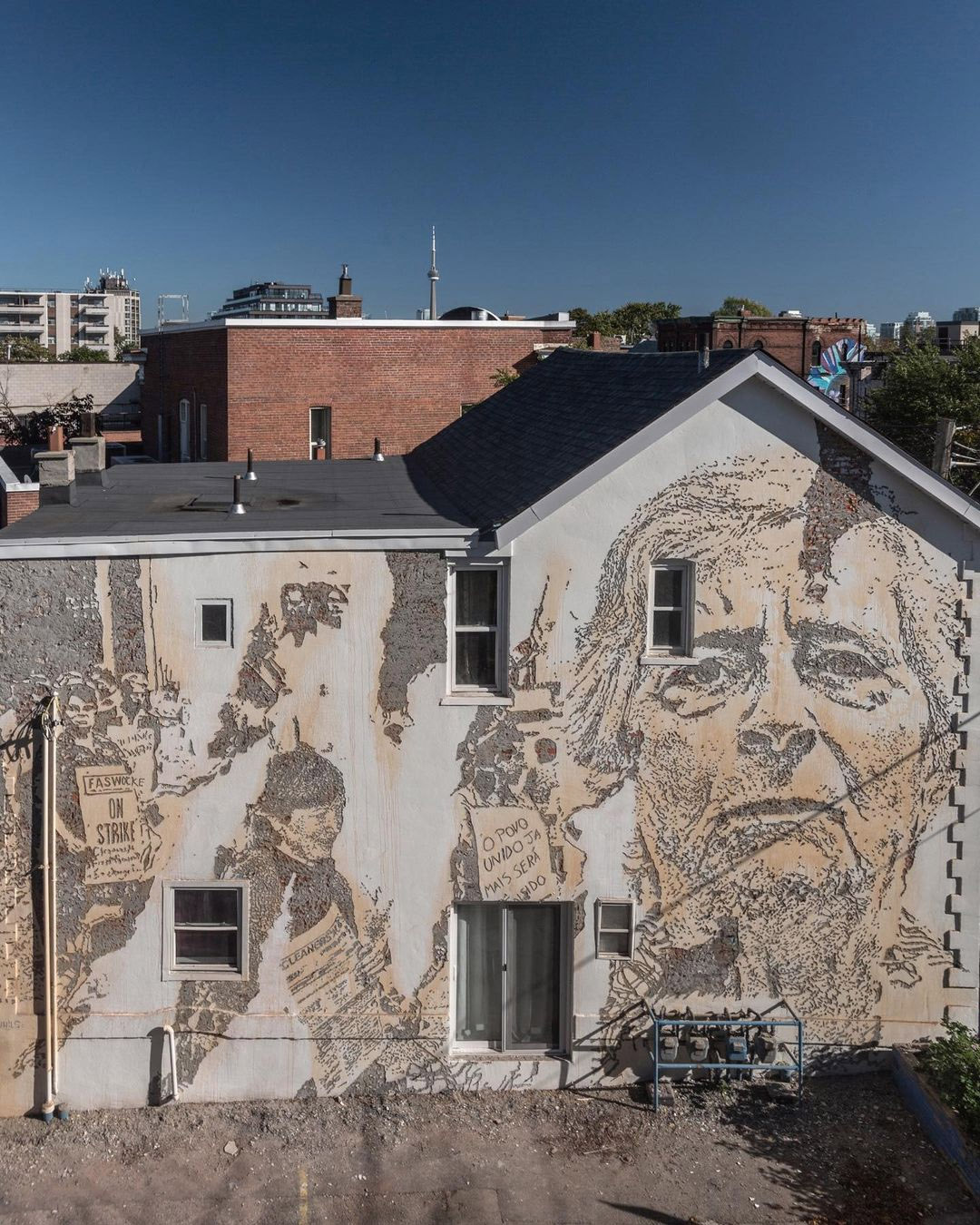
— How do you choose your heroes?
— I have no specific criteria for selecting heroes. Very often they are ordinary people I encounter in life, while traveling or working on projects. For example, in 2012 in Rio de Janeiro I created portraits of the inhabitants of a local favela on the ruined walls of their houses.
The authorities wanted to demolish the neighborhood without offering the locals any alternative. With this project, we established a certain physical connection between these people and their neighborhood and brought them to the attention of the society.
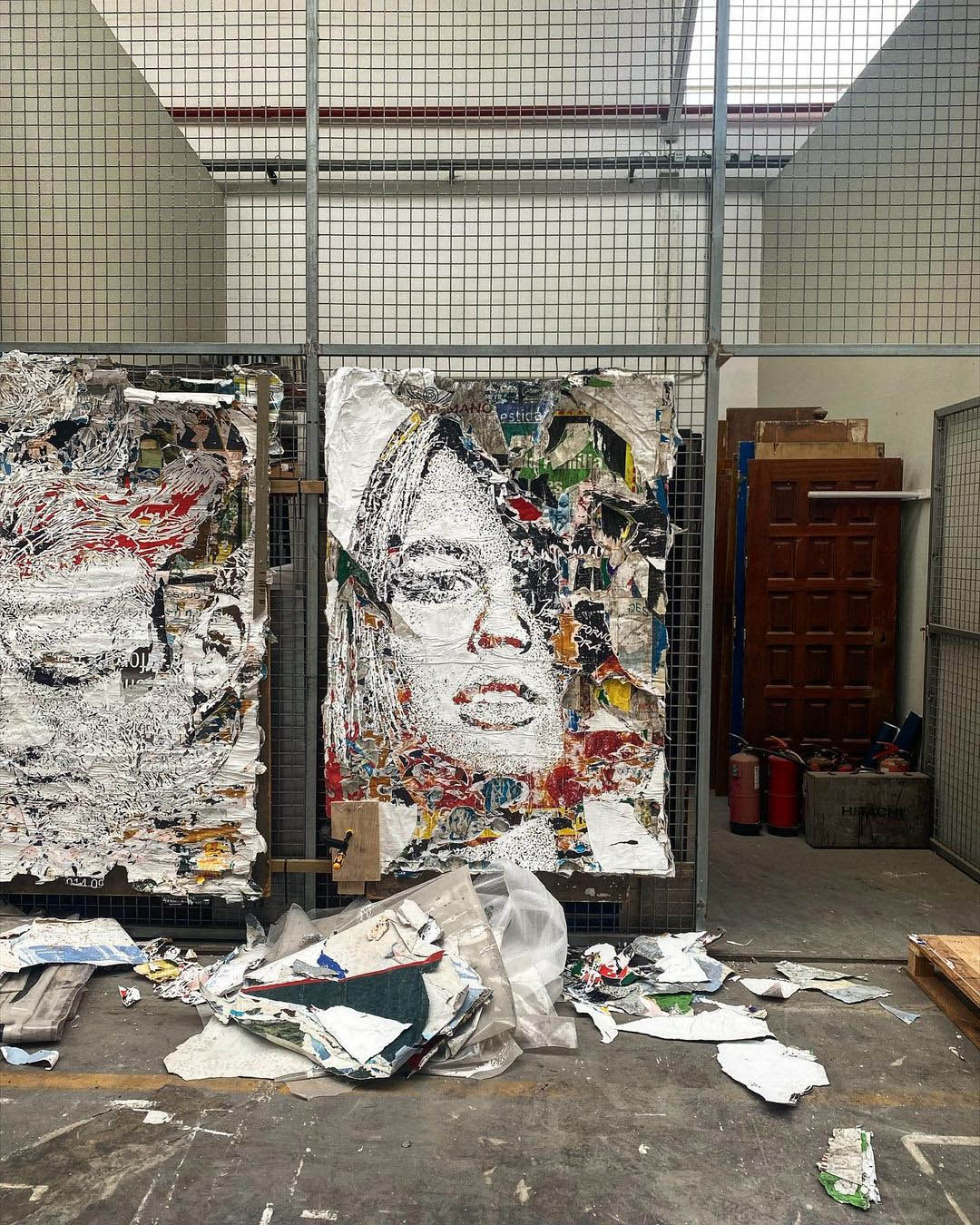

— Aren’t you afraid that something unpleasant might come out later about one of your characters? In times of cancel culture, a perfect reputation is as relevant as ever.
— Anything can happen over time, because everything changes. And that’s okay. I have no power over it. By the way, I realized this through my work in public places: you never know what will happen in the next moment and what the new layer of the wall hides underneath. I’m just part of the process, I’m involved in it, but I can’t change it.
— In one of your interviews, you noted that you “like the idea of turning ordinary, common people into icons instead of creating icons out of people who have changed history”. Is that still true?
— In fact, each of us influences history and changes it in our own way. I portray people who influence society: for example, teachers, people who often live in the neighborhood, but who help children find their way and stay on track. Also, Serhiy Nigoyan embodies the people whose portraits I paint. In general, I believe that all people are equal and each of us deserves to be an icon.

— What do you find most appealing about people? And what scares you the most?
— Our strength is how we overcome obstacles and cope with bad things. How we find the strength to fight for the things we love and believe in, even in the darkest of times. How we are able to improve and perfect our environment. All of this inspires me to believe that a better future awaits us in the end.
And what scares me the most is that human history proves that everything repeats itself. And if we do not draw conclusions and do not learn from our mistakes, it is very likely that our worst actions will be repeated in the future. In fact, this should scare all of us.
— You create your images using the technique of carving. Why this and not, for example, paints, which are more common?
— I started using this technique because of my fascination with the idea that the city can be explored in different layers. And also because street art is about the fact that sooner or later each drawing will be covered by a new one, and this process will continue indefinitely. And I’m not overlapping someone else’s drawings, but discovering what was on the wall before me.
— How easy is it for you to accept the fact that your artwork may be very short-lived? Because they will be painted over or, for example, the house you created the drawing on will be torn down.
— This is hard for me to accept, but it can happen not only with street art. However, with the invention of photography, and later the Internet, the age of works of art has greatly increased and it is no longer necessary to push artists to create bronze sculptures that will “live” for thousands of years. Because in a sense, their work has become eternal. Even if the wall on which I created the work is torn down, the drawing will live on in photos and on the Internet. And it will be remembered by a certain circle of people, both those who saw it in person and those who saw it in a photo, at least for a few years.
In general, material art also has its cycles of development. In my case, the wall on which I created the drawing will continue to have a life of its own after my work is finished. The image will change, it may be added to, damaged or painted over. But for me this is what makes art very human.
It’s how processes bring art closer to people — it ages just as we do, and eventually “dies”. It also emphasizes the fragility of physical works of art, which is also important. The digital world leaves a certain sense of timelessness, but that’s not entirely true.
— Is your work in other people’s photos still your full-fledged work?
— My work in other people’s pictures is in a sense no longer completely mine, but at least it becomes part of something new. However, we are talking about an evolution that the artist cannot control. But the most important thing is that behind the material work there will always be the ideas and meanings put into it by its creator. Art is the realization of a certain idea, and it is not going anywhere.
— How do you feel about social media? Don’t you feel a certain pressure because you have to not only create the work, but also organize the shooting of the process, think about the presentation on social media, so that people can better understand and feel your project?
— Social media helps put the artwork in context. The artist gets to talk more about his or her work, the history of its creation. But on the other hand, it takes a lot of time that could have been spent on creativity. However, technology is first and foremost a development. That was the case with photography, which has brought us a lot of useful things, and it will also happen with other technologies. It is both a certain pressure and a lot of space for something new.

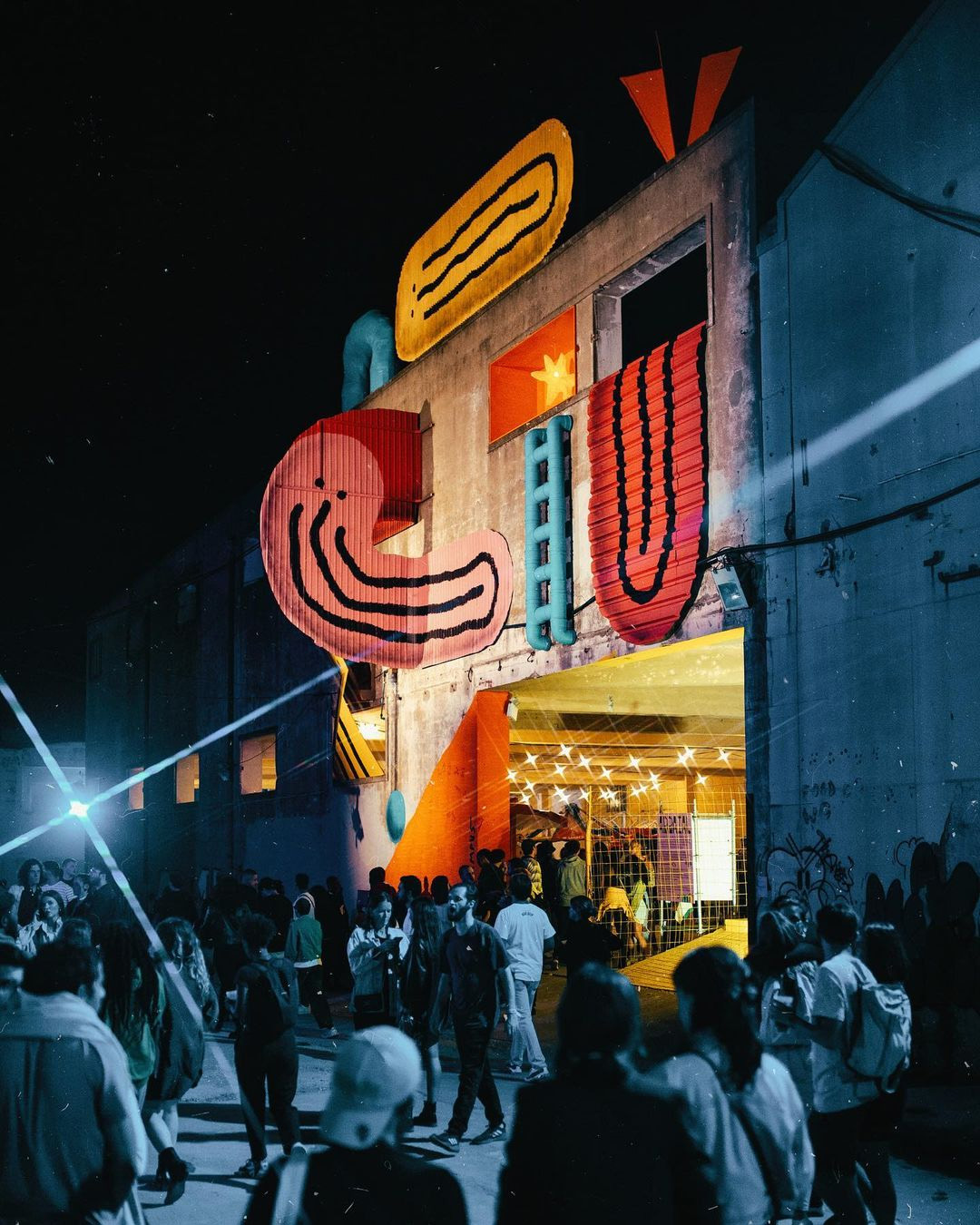
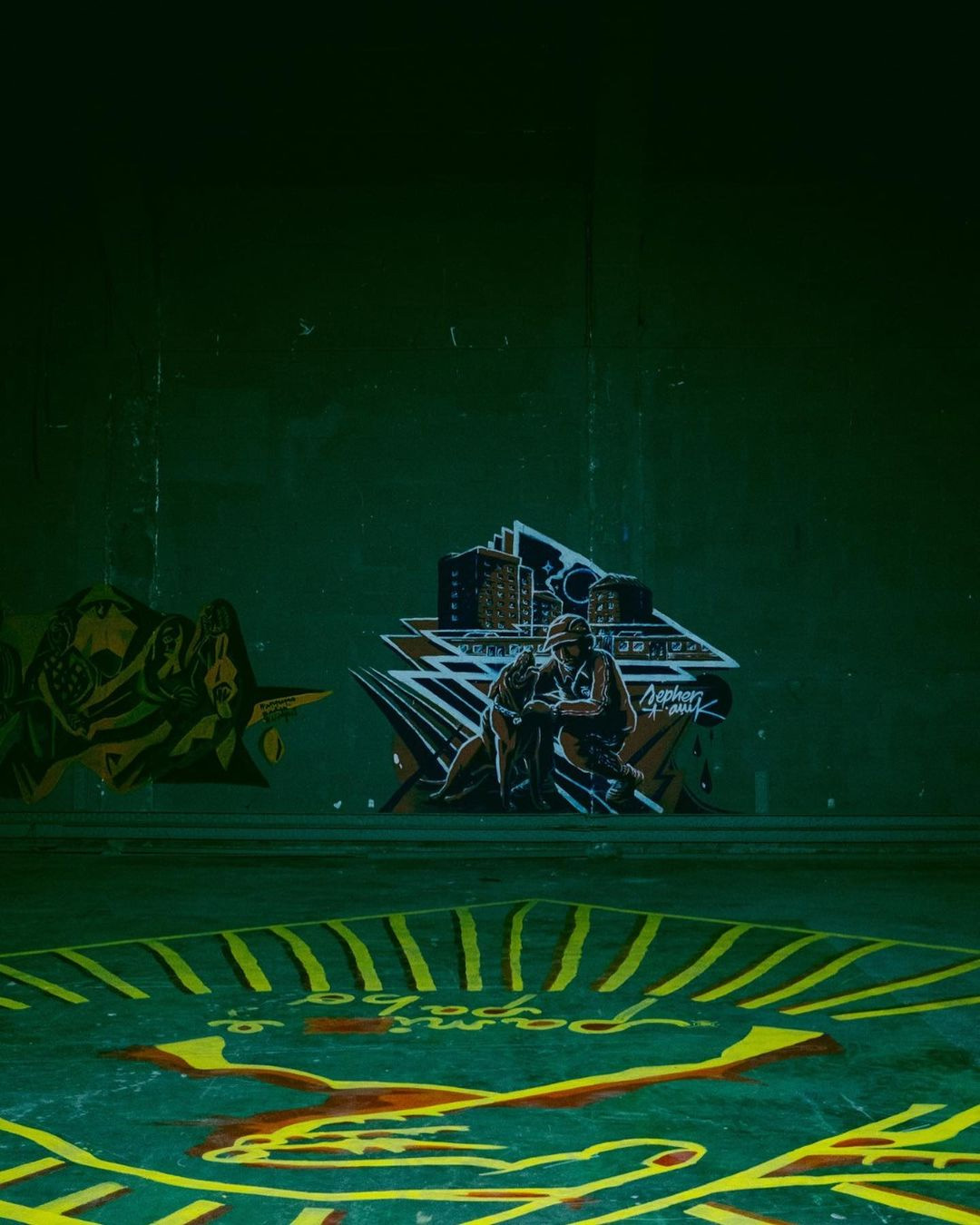
— What significance does the city hold for you as a street artist?
— I grew up in the industrial area of Lisbon and I always liked these areas of old factories and plants. I loved exploring them and saw it as an adventure. They taught me to find beauty in objects that people no longer like or need. And also, I learned that it is possible to make these objects desirable and interesting again by making certain changes, sometimes even small ones. It is simply a matter of perspective and a desire to transform the space around us in a qualitative way.
Maybe one day I can imagine my life outside the city. But not now. The city inspires me, it inspires my creativity. The city and I are good friends to a certain extent, even in spite of all the pressure that any inhabitant of a metropolis feels.
Lisbon has taught me that I can change its contexts and spaces through art. Other cities give me their stories and I explore them on different levels through my drawings.
Works by Vhils, as well as works by 27 other artists from 10 countries can be seen in Kyiv at the exhibition of contemporary art at MOT from February 17 to May 14. The theme of the exhibition is Temporality.

